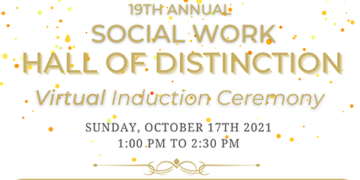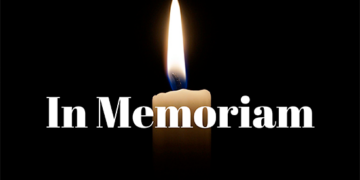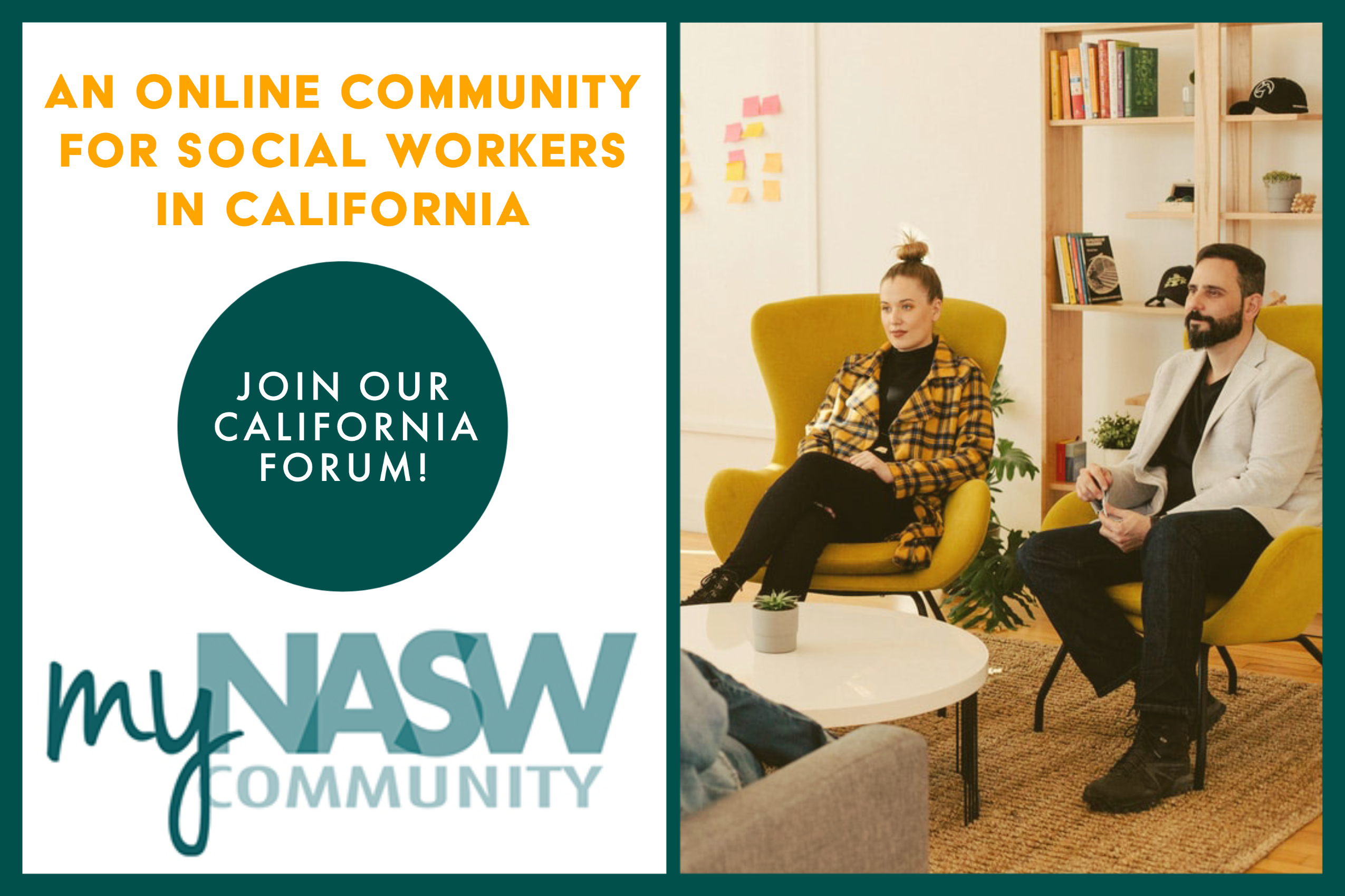There exists a historical and current culture of rape against women in the United States, where violence against women is common and accepted. The societal norms, media, and criminal justice system all serve to create and perpetuate an environment where rape and sexual violence is normalized, excused, and condoned.
While attempts have been made, beginning in the 1970s, to examine and address the culture of rape against women that exists in American society, the current incidence and prevalence of this problem indicate that it has not been adequately or sufficiently dealt with yet. The prevalence of rape culture as a whole is difficult to quantify. However, reports of rape and sexual assault in the United States can be used as a marker to demonstrate the nation’s regard and underlying support of this culture.
According to the Bureau of Justice Statistics’ (BJS) National Crime Victimization Survey (NCVS) of Female Victims of Sexual Violence, 1994-2010, in the year 2010 there were approximately 270,000 incidents of completed, attempted, or threatened rape or sexual assaults against women over the age of 12, at a rate of 2.1 per 1000 females. The rates of risk of sexual violence are highest for females that live in lower income households and in rural areas. Women of all ages, ethnicities, socioeconomic statuses, sexual orientations, and geographic locations within the United States are the population most adversely affected by the culture of rape against women that exists in the U.S. Rape is overwhelmingly committed against women by men, and approximately one out of every six women in the U.S. has been raped (Langton, et al., 2012).
Women are at greater risk of being sexually assaulted and when reported they are sometimes believed to be at fault for their sexual abuse. Rape survivors are often blamed for the abuse because they are believed to have violated traditional gender roles, even when these are unrelated to the rape context (Narjdowski, 2011). This victim blaming does not allow for rapes to be reported to the police due to victim’s fear that they would not be believed (Lanza-Kaduce et al., 2006). Those rapes that are reported rarely result in legal justice, with only 3 percent of all reported rapes resulting in conviction of a crime and only 2 percent resulting in the rapist being incarcerated (Allen, 2007).
Law enforcements have the power to help women out of abusive relationships and get them help, but unfortunately they do not have the right training or judgment to deal with emotionally abused women. There seems to be an inconsistency in defining the type of crimes committed by a sex offender or a rapist, and there is also a tendency to think that all sex offenders are homogeneous, which is likely to produce misleading conclusions (Vasquez et al., 2008).
Fortunately there has been more national consciousness about the issues surrounding rapes, after a string of high-profile rape cases brought widespread media coverage, with even victims of sexual assault in the military speaking out. This is one of the first steps in addressing the facts about sexual abuse. Addressing this topic with young males as they are the most likely perpetrators or bystanders of rape culture can be essential in trying to prevent future sexual assaults. If an educational intervention is implemented, we can expect young males to gain a working understanding of the ways certain actions perpetuate sexism and rape culture. We can expect young men to advocate against rape culture, and to verbalize their opposition to sexist comments and behaviors. And we expect young men to refuse to be in the presence of those who perpetuate rape culture.
And lastly, the issue of funding needs to be addressed. Funding for rape and sexual assault are limited and this can create a problem for victims and survivors to have a space where they are able to find a form of support. There needs to be an increased awareness of sexual assault within the schools to help educate the youth about the rape culture and the services available.
RAINN (Rape, Abuse & Incest National Network) is America’s largest and most influential anti-sexual violence organization. And they have been working hard to get the White House task force to create a plan to reduce rape, especially in college campuses. Their suggestion is that the federal government push schools to improve the criminal justice response to rape, put in place bystander intervention and risk reduction programs, and ensure comprehensive care for victims. We need to empower community members to act in response to acts of sexual abuse because we live in a society that assumes it is women’s responsibility to protect themselves from an inevitable assault, but we all have a responsibility to not attribute more to rape culture as a society.
Nancy Moreno can be reached at nancymoreno562@gmail.com.
REFERENCES
Allen, W. (2007). The reporting and underreporting of rape. Southern Economic Journal, 73(3), 623-641.
Bureau of Justice Statistics (2010). Criminal Victimization National Crime Victimization Survey: http://www.bjs.gov/content/pub/pdf/cv10.pdf.
Campbell, R., Wasco, S. M., Ahrens, C. E., Sefl, T., & Barnes, H. E. (n.d). Preventing the “Second Rape”: Rape survivors’ experiences with community service providers. Sage Publications Inc.
Langton, Berzofsky, Krebs & Smiley-McDonald (2012). Victimizations not reported to the police, 2006-2010 (National Crime Victimization Survey Special Report NCJ 238536). Washington, DC: Bureau of Justice Statistics.
Lanza-Kaduce, L., Capece, M., & Alden, H. (2006). Liquor is quicker: Gender and social learning among college students. Criminal Justice Policy Review, 17, 127-143.
Najdowski, C. J., & Ullman, S. E. (2011). The effects of revictimization on coping and depression in female sexual assault victims. Journal of Traumatic Stress, 24(2), 218-221.
Vásquez, B., Maddan, S., & Walker, J. T. (2008). The influence of sex offender registration and notification laws in the United States: A time-series analysis. Crime & Delinquency, 54(2), 175-192.












